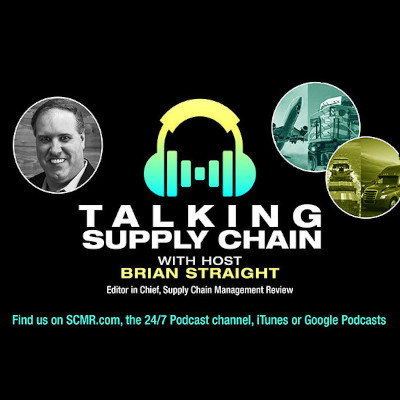Constant disruptions, geopolitical challenges, climate change and emerging technologies have driven manufacturing companies to rethink their value chains. However, despite the strategic intent to do so, the operational delivery of these projects is slow, creating a gap due to the complexity of the challenges.
That is from the executive summary of a new whitepaper produced by the World Economic Forum in collaboration with Kearney. Written by Per Hong, senior partner, strategic operations at Kearney, and Kiva Allgood, head, centre for advanced manufacturing and supply chains at the World Economic Forum, the whitepaper cites the above-mentioned challenges as underscoring “the extent to which a response based on incremental change will fall short of what is needed to remain competitive in the coming years.”
“To continue bridging the gap between intent and operational delivery, manufacturers must stay abreast of the dynamics that shape value chain configuration and be proactive in pursuing wholesale approaches to rewiring,” the report, “From Disruption to Opportunity: Strategies for Rewiring Global Value Chains,” goes on to note, “a holistic approach of this kind imbues value chains with the strength and flexibility required to navigate future market turbulence and manage the tradeoffs between cost, performance, resilience and sustainability.”
Specifically, the report says manufacturers are shifting from:
- Global to globally connected, multi-local value chains;
- “Doing” digital to “being” digital across end-to-end operations;
- Economies of scale to economies of skill;
- Regulatory compliance to innovative sustainability;
- Being cost-driven to being customer value-driven.
The challenges noted in the report are aligned with a recent Dun & Bradstreet report that suggested “most supply chains are underprepared for big disruptions.”
For instance, the WEF/Kearney whitepaper notes that 99% of organizations are still using Excel spreadsheets as they perceive AI as a magic bullet—a bullet that has yet to be fired. There is also an understanding that the workforce needs upskilling, but that is not happening at the scale needed.

Explaining the gaps
Organizations are working to close the gaps mentioned in the whitepaper, but progress is limited in most cases.
-
Global to globally connected, multi-local value chains
While value chains are decoupling, with 92% regionalizing their manufacturing footprint, only 28% aim to have nearly all in-region, for-region operations by 2030.
-
“Doing” digital to “being” digital across end-to-end operations
Companies perceive artificial intelligence as the key to driving supply chain improvements, with 64% agreeing with that, yet only 1% of companies have been able to eliminate manual Excel-like spreadsheets.
-
Economies of scale to economies of skill
Sixty percent of the workforce needs training to bridge the growing skills’ gap, the whitepaper noted, but only 23% believe the supply chain workforce will be equipped with the operational skills it will be need by 2030.
-
Regulatory compliance to innovative sustainability
Sustainability is increasingly being demanded by consumers across the globe, and 45% of companies agree that sustainability is one of the two most important drivers for supply chain reconfiguration, but just 14% are redesigning their manufacturing network to reduce Scope 3 emissions.
-
Being cost-driven to being customer value-driven
Customers are looking for better performance from supply chains, and while 60% of organizations rate customer value as a priority in driving supply chain reconfiguration, only 15% can cite tangible actions they have taken to simultaneously strengthen performance, resilience and sustainability.
“In the face of an uncertain and supply-constrained operating paradigm that shows no signs of shifting, organizations realize the need to rewire their value chains for better resilience and value-creation,” the report concludes. “‘Leaders’ continue to demonstrate innovative ways of embracing opportunities related to the five key trends shaping value chain configurations. This underlines their commitment towards value chain transformation, marked by a readiness to adopt and implement innovative new approaches to ensure that the global manufacturing sector thrives well into the future.”
SC
MR


More Supply Chain
- NextGen Supply Chain Conference announces Solution Provider Award winners
- Expand supply chain metrics to cover the complete customer experience
- The rise of customer-centric supply chains
- The VC tourists have left the building
- Value chains need rewiring. Are manufacturers up to the task?
- More Supply Chain
What's Related in Supply Chain

 Explore
Explore
Topics
Procurement & Sourcing News
- Retail sales see gains in October, reports Commerce and NRF
- Geopolitical readiness in supply chains: Strategic challenges for leaders
- With capacity to spare, logistics real estate demand remains subdued
- Tariffs, taxes and trade: The impact of Trump’s reelection on the supply chain
- How to improve demand forecasts for new product families
- Aggregators sitting on the throne of Africa’s e-commerce supply chains: What lessons can we learn?
- More Procurement & Sourcing
Latest Procurement & Sourcing Resources

Subscribe

Supply Chain Management Review delivers the best industry content.

Editors’ Picks




